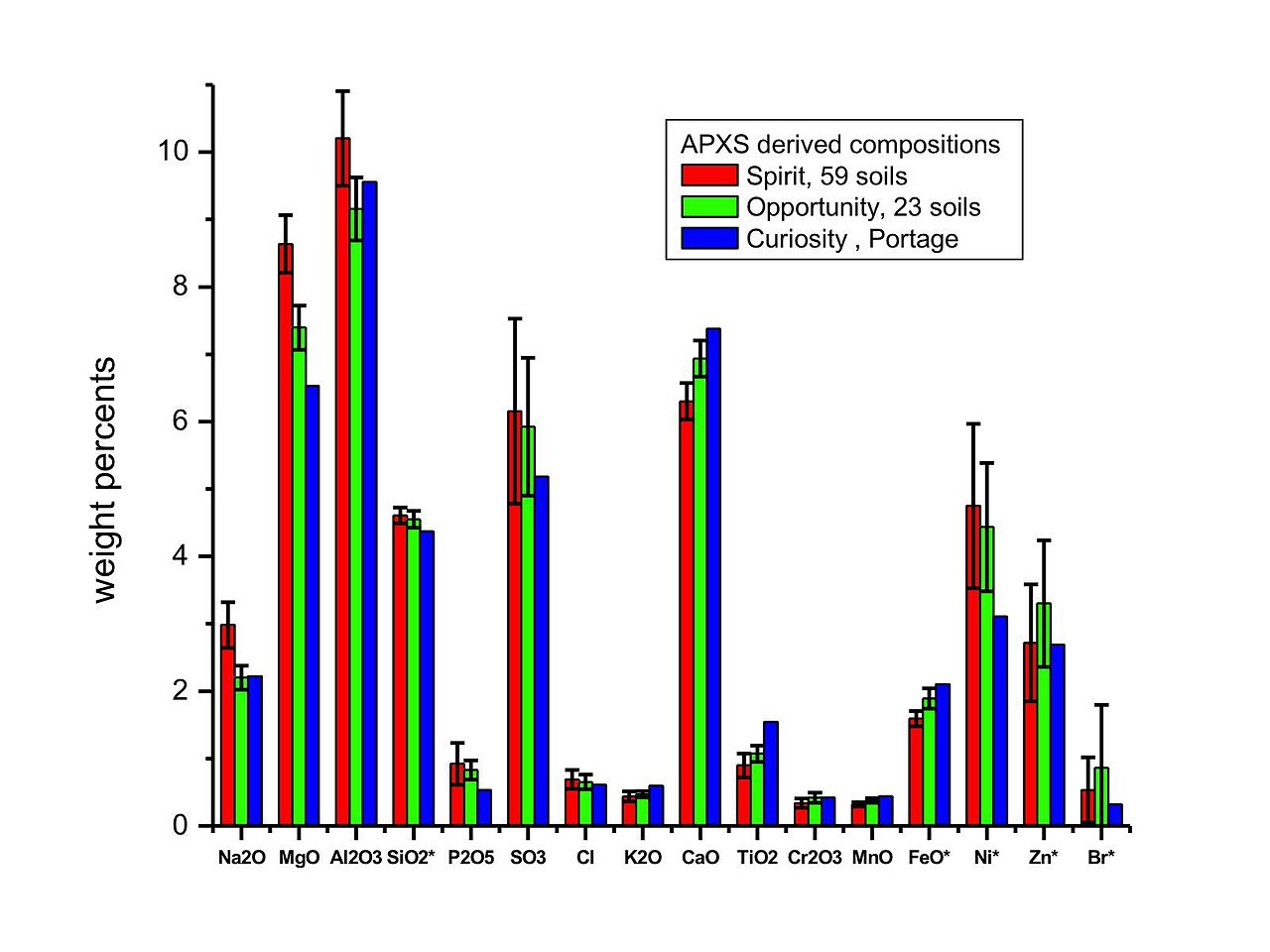Several groups including NASA, Elon Musk and others hope to take people to Mars in the next five to ten years. If we get there it will be to stay for extended periods. People will also have to eat there and what is more logical than to grow your own food locally?
Back in March, scientists from the Netherlands’ Wageningen University successfully grew ten different crops in Mars-like soil provided by NASA. But there was a catch: they couldn’t eat the food. They worried it contained heavy metals like cadmium and lead, which were present in the Mars soil stimulant. Well, good news: further research determined at least four of the crops do not contain dangerous heavy metal levels and are therefore edible, getting us one step closer to life on the Red Planet.
The Wageningen team, led by ecologist Wieger Wamelink, tested radishes, tomatoes, rye, and peas. They tested the crops for cadmium, lead, aluminium, nickel, copper, chrome, iron, arsenic, manganese, and zinc. None of those compounds appeared in dangerous levels, and Wamelink said the results are “very promising.” Some of the heavy metal concentrations detected in the food were even less than those found in plants cultivated in regular potting soil. The plants were also tested for vitamins, alkaloids, and flavonoids.
The five most abundant ingredients, account for almost 90% of the dirt taken from Mars samples are as follows:
- SiO2 - 49.5%
- Fe2O3 - 17.9%
- Al2O3 - 7.2%
- MgO - 7.7%
- CaO - 6.7%
The Phoenix Mars Lander measured the pH of martian soil in one area, and it measured at an alkaline 8 or 9. That’s a level habitable by a broad spectrum of microbes and plant life.
The soil, near Mars’s north pole, also contains ions such as calcium and chloride, as well as water-bearing minerals, at least in the first few centimeters below the surface.
Moderately Alkaline Soil Plants: The following crops will tolerate a pH of 6.0 to 7.0 or greater:
- Artichoke (6.5-7.5)
- Arugula (6.5-7.5)
- Asparagus (6.0-8.0)
- Bean, pole (6.0-7.5)
- Bean, lima (6.0-7.0)
- Beet (6.0-7.5)
- Broccoli (6.0-7.0)
- Broccoli rabe (6.5-7.5)
- Brussels sprouts (6.0-7.5)
- Cabbage (6.0-7.5)
- Cantaloupe (6.0-7.5)
- Cauliflower (6.0-7.5)
- Celery (6.0-7.0)
- Chinese cabbage (6.0-7.5)
- Celeriac (6.0-7.0)
- Celery (6.0-7.0)
- Chinese cabbage (6.0-7.5)
- Chive (6.0-7.0)
- Cilantro (6.0-6.7)
- Claytonia (6.5-7.0)
- Collard (6.5-7.5)
- Cress (6.0-7.0)
- Endive/escarole (6.0-7.0)
- Fennel (6.0-6.7)
- Gourd (6.5-7.5)
- Horseradish (6.0-7.0)
- Jerusalem Artichoke/Sunchoke (6.7-7.0)
- Kale (6.0-7.5)
- Kohlrabi (6.0-7.5)
- Leek (6.0-8.0)
- Lettuce (6.0-7.0)
- Marjoram (6.0-8.0)
- Mizuna (6.5-7.0)
- Mustard (6.0-7.5)
- Okra (6.0-7.5)
- Onion (6.0-7.0)
- Oregano (6.0-7.0)
- Pak choi (6.5-7.0)
- Parsnip (5.5-7.5)
- Pea (6.0-7.5)
- Radicchio (6.0-6.7)
- Radish (6.0-7.0)
- Rhubarb (6.5-7.0)
- Sage (6.0-6.7)
- Salsify (6.0-7.5)
- Spinach (6.0-7.5)
- Squash, summer (6.0-7.0)
- Sunflower (6.0-7.5)
- Sunflower (6.0-7.5)
- Swiss chard (6.0-7.5)
- Tarragon (6.0-7.5)
- Tomatillo (6.7-7.3)
- Watermelon (6.0-7.0)
